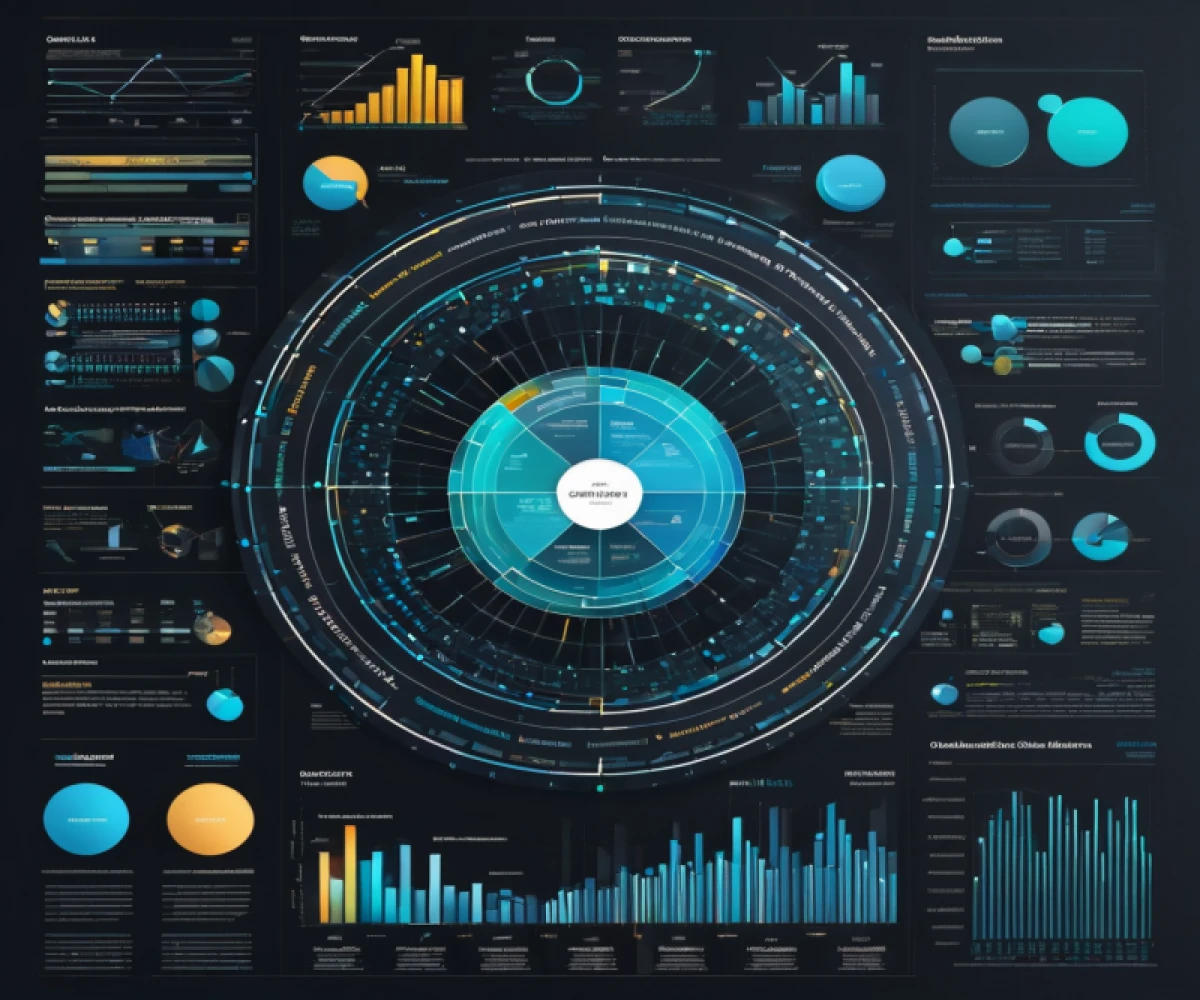
Quantitative vs Qualitative Data: What’s the Difference?
Unveiling the Secrets: Quantitative vs. Qualitative Data - What's the Difference?
Ever wondered how companies understand their customers, researchers unravel complex phenomena, or governments make informed decisions? The answer often lies in data, but not just any data. There are two distinct types: quantitative and qualitative data, each serving unique purposes and offering valuable insights.
Quantitative data is the number whiz. It's all about quantities, measurements, and anything that can be counted. Imagine surveys with multiple-choice questions, website analytics recording clicks, or scientific experiments measuring reaction times. These numerical values allow researchers to crunch numbers, identify trends, and draw objective conclusions. For example, a company analyzing sales figures might discover which product sells best in a specific region.
Qualitative data, on the other hand, dives into the rich world of words, images, and experiences. It's all about understanding the "why" behind the numbers. Think open-ended interview responses, focus group discussions, or observations of people's behavior. This data is analyzed through interpretation and theme identification, revealing subjective experiences, opinions, and motivations. Imagine interviewing customers about their favorite product feature, uncovering hidden gems that wouldn't show up in sales figures.
Here's a table to solidify the key differences:
| Feature | Quantitative Data | Qualitative Data |
|---|---|---|
| Type | Numerical | Descriptive |
| Focus | Quantities, measurements | Experiences, opinions, motivations |
| Collection methods | Surveys, experiments, analytics | Interviews, focus groups, observations |
| Analysis methods | Statistical tools, calculations | Thematic analysis, interpretation |
| Strengths | Objective, generalizable findings | Deep understanding, rich insights |
| Weaknesses | Limited to what can be measured | Subjective, not generalizable |
But wait, there's more! Quantitative and qualitative data aren't rivals; they're complementary partners. Imagine a detective investigating a crime. Witness testimonies (qualitative) provide context and leads, while fingerprint analysis (quantitative) confirms suspects. Similarly, combining both data types in research can paint a comprehensively rich picture.
For instance:
- A survey might reveal high customer satisfaction scores (quantitative), but qualitative interviews could uncover underlying reasons for dissatisfaction.
- Analyzing website traffic data (quantitative) can identify popular pages, but user interviews (qualitative) could explain why they're engaging.
Remember, the choice between quantitative and qualitative data depends on your research question and goals. When used effectively, both unveil secrets and empower informed decisions, making the world a bit clearer, one data point at a time.


